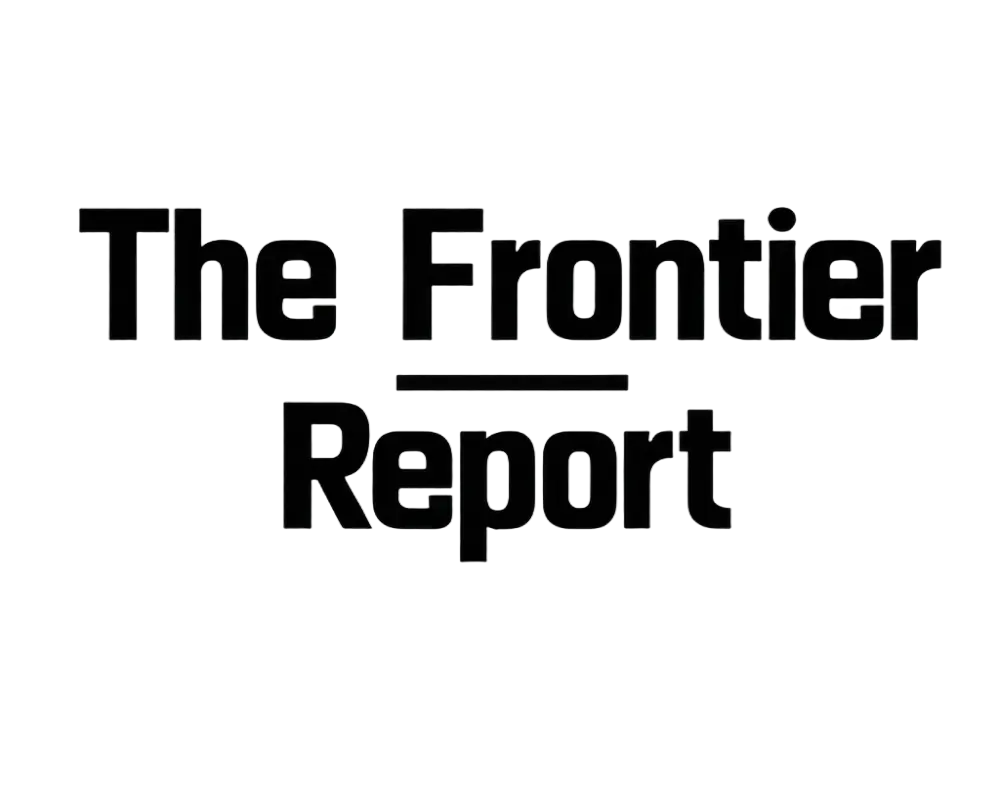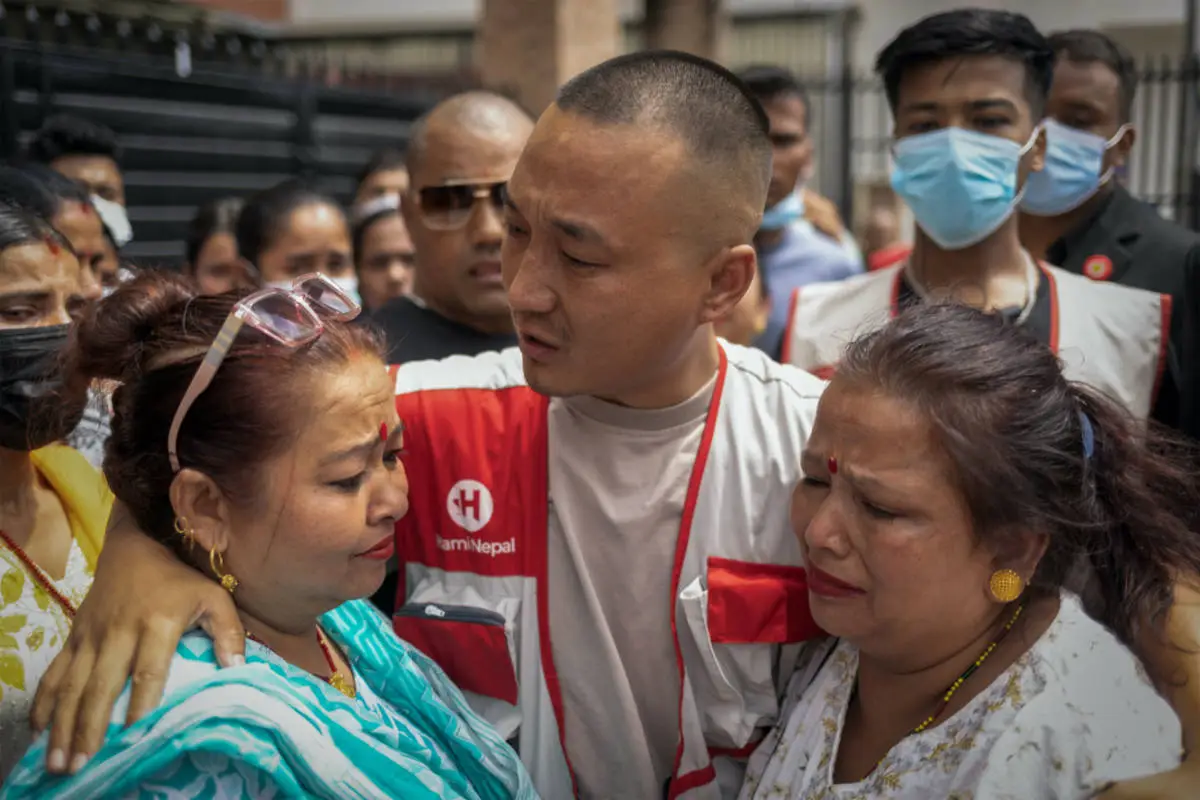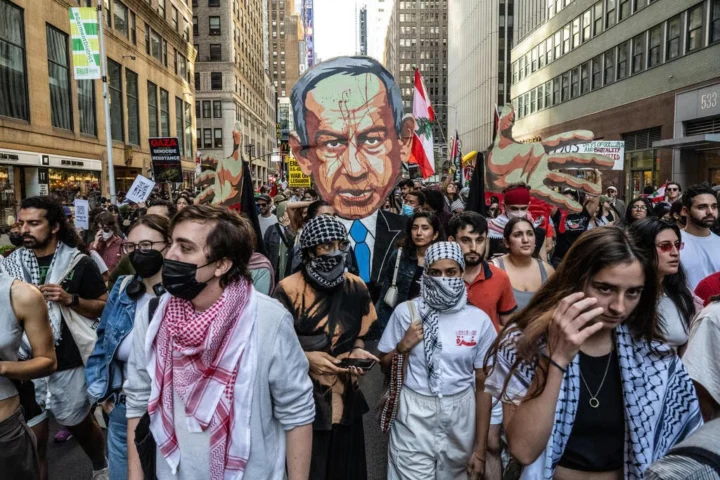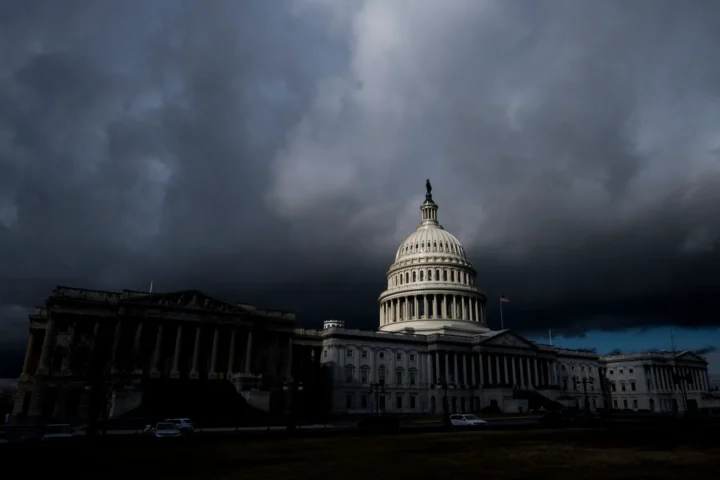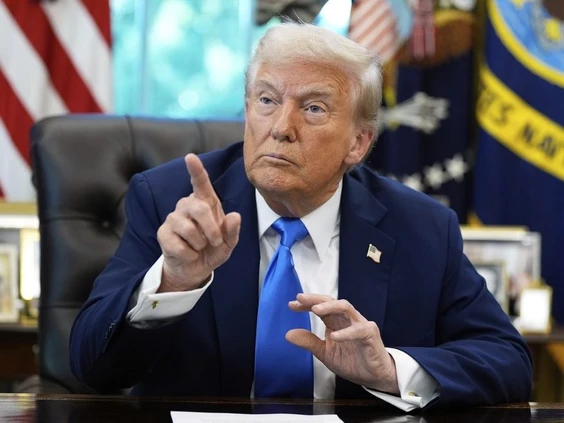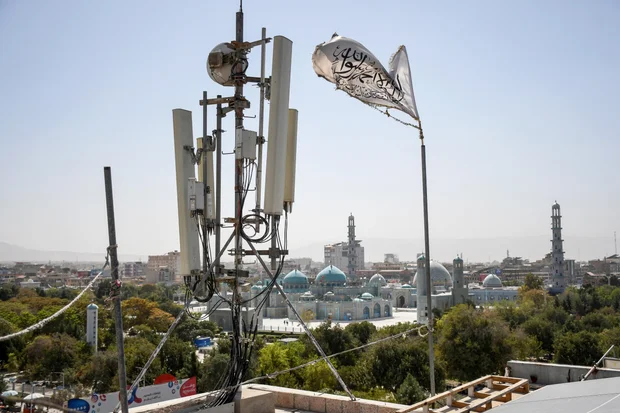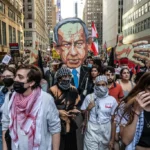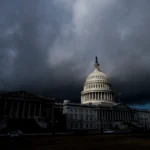Nepal experiences a remarkable shift in politics, fueled by young people working for change. Young people protested for a year, causing the government to fall. This led Prime Minister K.P. to quit. Sharma Oli chose Sushila Karki as the nation’s first woman chief justice. Sudan Gurung, a 36-year-old who used to be a DJ, started Hami Nepal, a charity, then led a campaign. This shows younger citizens have more say in how the country runs. Gurung, with help from others, got people connected on sites like Discord, Instagram, to ask for honest government, clear information, a stop to dishonest dealings. They gathered thousands of people to make these requests.
People protested a lot, the demonstrations worked well even with the government trying to limit them. Blocking activists on social media, a move meant to halt planning, did not prevent people from organizing protests across the country. The demonstrations unfortunately caused at least 72 people to die, more than 1,300 suffered injuries. This shows how serious the conflict became, also how much is at risk when people fight against those in control. Now that things have calmed down, the young people who started the movement are actively building the country’s political future. They choose new leaders, they have a say in who gets important positions in government.
The Rise of Hami Nepal
Hami Nepal now plays a key role in this political change. This group isn’t a political party, however it greatly helps choose temporary leaders, it also shapes changes to how things are run. Those in charge quietly made certain Sushila Karki’s selection matched what protesters wanted, respecting legal rules too.
This group does more than choose people for positions. They work hard to change how things are done, giving people more control, making the government more open. Hami Nepal now uses social media, current communication methods, to change local efforts into strong political action. This shows how groups outside of typical government structures can shape political decisions, even if they don’t run for office themselves.
Hami Nepal’s achievements show a growing pattern. Young people who know technology are getting better at influencing what governments focus on, also how they operate. This change disrupts how politics usually works, letting fresh perspectives become a real part of the conversation. The group actively participates in government talks, showing they want the changes from the demonstrations to become permanent improvements within the system.
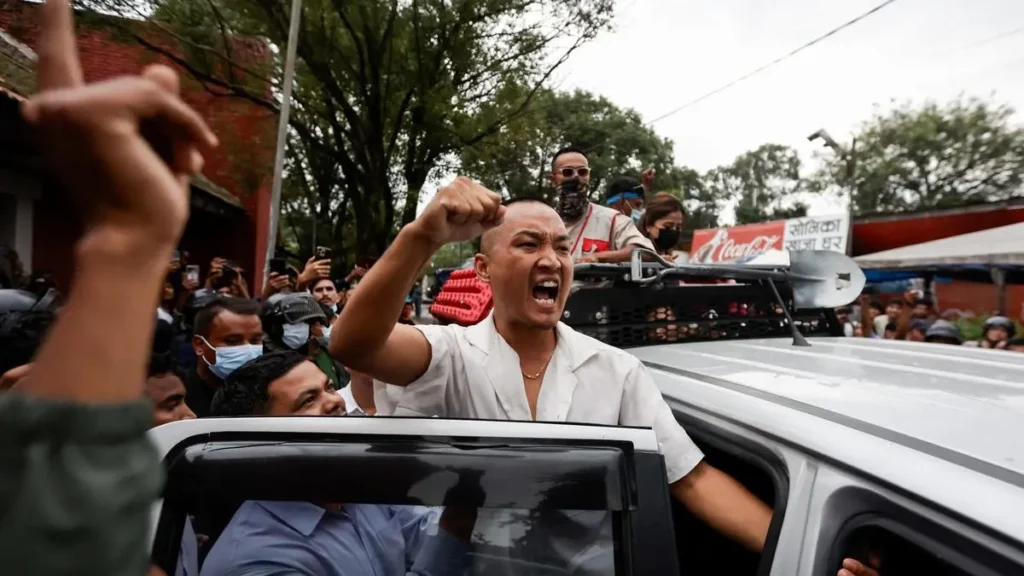
Regional Implications of Youth-Led Movements
What’s happening in Nepal reflects a trend across the area. Young people are now questioning how things have always been done in politics. Sri Lanka, Bangladesh, Indonesia experienced unrest. People became upset with dishonest officials, unfair systems, few chances to improve their lives. Young people in Nepal did more than just get rid of the current government. They now help run the country while also pushing for changes in rules, policies.
These changes influence how people think about leaders taking responsibility. Today’s young activists don’t just demonstrate, they join the discussions shaping national policy. Political life is changing, valuing people getting involved, openness, government working with citizens. If these actions work well, other countries in South Asia might start seeing similar changes. This shows a new generation taking a more active role in politics, gaining more power.
Challenges Ahead
Even though the movement started well with young people taking charge, it now has some big problems in Nepal. It takes skill to keep moving forward without losing control, a tricky thing to do. The current government, following advice from Hami Nepal, needs to get ready for elections on March 5, 2026. These elections will show how well the government can lead, also if young people continuing to push for change still have a strong voice.
To make lasting improvements from this movement, people need to work through the political system. It won’t be easy because those in power haven’t always welcomed new ideas. People working for big changes need to balance their passion with the real work of running things, like getting different groups to cooperate, handling money, keeping communities safe. If you don’t, people who supported this change might become disappointed.
However, Hami Nepal’s growth, alongside groups like it, signals a key change in Nepal’s political landscape. The nation faces a key moment. Young people’s energy, new ideas, meet the jobs of running the government. How Nepal handles these challenges over the next few months will probably decide if the country makes real, long-term improvements, building up its democratic systems.
Nepal is beginning a fresh phase in politics. Young people taking charge, groups working for change, will continue to be key. How well they select leaders, support big changes, keep people confident will determine the country’s future for a long time. This shows that young people taking action, even where politics are well established, truly changes who holds power, rethinks what it means to be a citizen, influences how the country is run.

